
Confronting issues unique to aging may lead to better outcomes.


Confronting issues unique to aging may lead to better outcomes.

W. Lloyd Clark, MD, discusses his presentation at ASRS 2021, "Impact of Nonperfusion and Leakage Areas on Diabetic Macular Edema/Vision-Threatening Complications in Nonproliferative Diabetic Retinopathy (NPDR)."
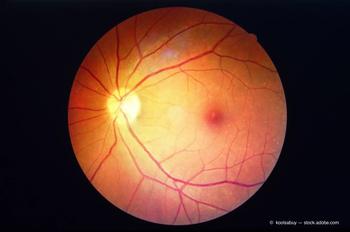
During a presentation at the American Society of Retina Specialists 2021 annual meeting in San Antonio, W. Lloyd Clark, MD, presented results of the PANORAMA Study. The focus of the study, Clark said, was to identify the factors that increase the risk of complications in patients with nonproliferative diabetic retinopathy to provide information for making decisions on treatment choices.

Jennifer Sun, MD, MPH, explores the question of whether ophthalmologists should be using anti-VEGF agents to treat patients with nonproliferative diabetic retinopathy (NPDR).
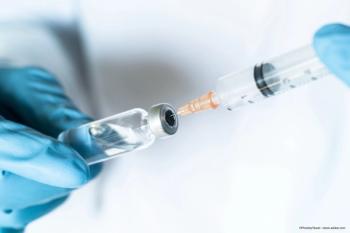
Ophthalmologists face challenges of drug delivery for retinal diseases.
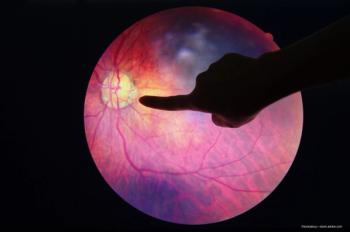
Visual benefit is not seen during first 2 years of Protocol W study.

Investigators uncovered evidence that CaMKII could prove to be a desirable therapeutic target for vision preservation in conditions that damage the axons and somas of retinal ganglion cells.
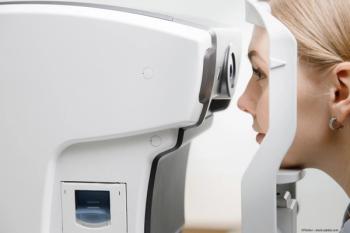
Dual imaging may reduce costs, unnecessary referrals, telehealth study results show.
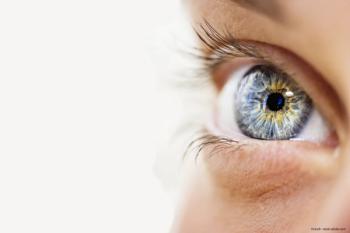
Promoting Tie2 signaling activity may complement inhibition of VEGF in addressing pathology in disease states characterized by angiogenesis, vascular permeability, and inflammation.

In a study, a single intravitreal injection of ADVM-022 had a 99% reduction in the mean annualized frequency of anti-VEGF injections.
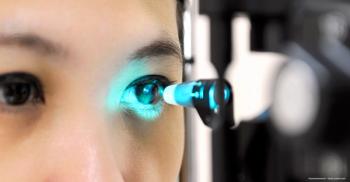
Investigators corroborate the hypothesis that retinal ganglion cells with dendrites stratified in the off sublaminae could be damaged.
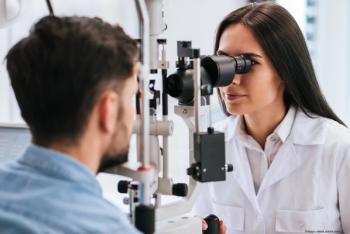
In endophthalmitis, the systemic anti-infective treatment specific to the infectious agent should always be used.
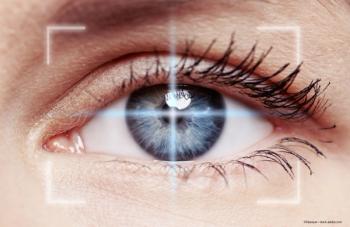
According to investigators, the new technology is designed to detect telltale signs of major blinding diseases in retinal blood and tissue that typically go unseen until it is too late.
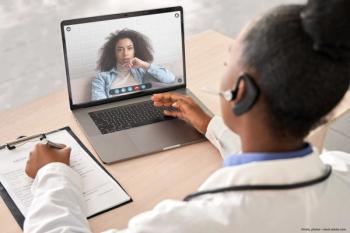
Amid pandemic, physicians and patients have embraced remote technology.

The not-for-profit vision and healthcare organization breaks ground on premier Technology Center for assistive technology for people with vision loss.

Retinal imaging tests are providing material to train and test decision support systems.

Preexisting neutralizing antibodies associated with the inflammatory changes.
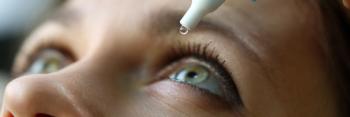
Novel therapies are shifting the paradigm in care of retinal diseases
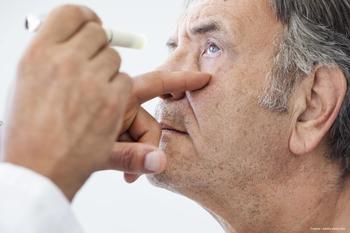
Study results show that aflibercept-treated eyes are protected.
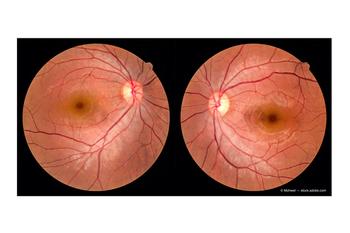
Clinicians' knowledge of the epidemiology, natural history, causal mechanisms, and treatments for diabetic retinopathy (DR) has evolved dramatically over recent decades.
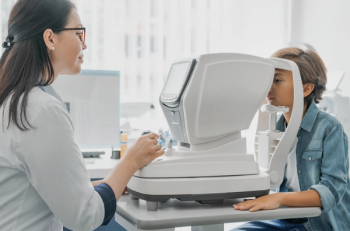
Insulin pumps, digital technology and outcome analyses are useful tools
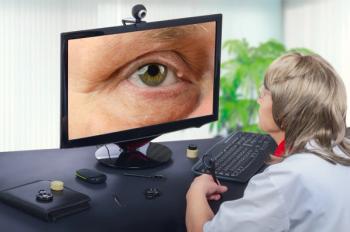
Worldwide increase in technologies for ophthalmic use is dramatic

Numerous studies will be completed during the next few years, and many new studies are being developed.

Study highlights role of demographic and socioeconomic characteristics in treatment

The hope is that future analyses would show more patients completing the pathway and a lower rate of missed appointments.